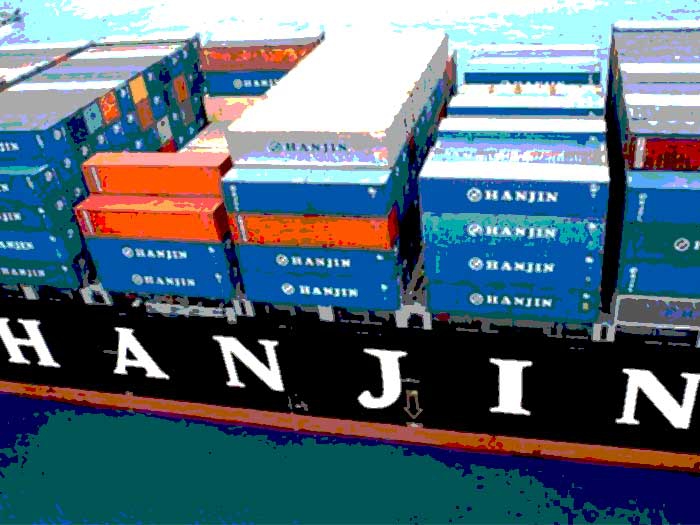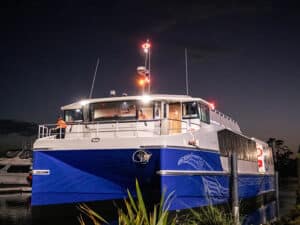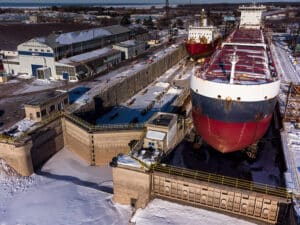
Shippers “reeling” from Hanjin collapse
Written by Nick Blenkey
SEPTEMBER 19, 2016 — A South Korean judge today ordered all Hanjin Shipping chartered vessels that have completed unloading their cargo to cancel their charter agreements and return to their owners. Sixty of the 97 containerships in the Hanjin fleet are chartered in.
Meantime, as efforts by courts and other to sort out the Hanjin mess continue, shippers are “reeling” from the effects of the collapse, according to Oslo-based Xeneta, which crowd-sources shipping rate data from more than 600 major international businesses,
Xeneta says many these businesses have now been hit by stranded inventory, rising prices and – in a shock development for a sector struggling with structural overcapacity – claims of under-capacity from the remaining liners.
Xeneta is a global benchmarking and market intelligence platform for containerized ocean freight. Its community of shippers provide it with up-to-date information across over 17 million contracted rates, covering more than 60,000 port-to-port pairings. This gives it, and its customers looking to negotiate the best rates, a real-time snapshot of the market.
That snapshot isn’t pleasant viewing for shippers right now.
“The Hanjin saga has the potential to redefine the container shipping landscape,” says Xeneta CEO Patrik Berglund. “For an industry that has struggled with collapsing rates, severe overcapacity (8.1% at the beginning of 2016) and devastated profit margins – with even Maersk down 90% year on year for the second quarter – this marks an opportunity to finally regain the upper hand at the negotiating table.
“Hanjin’s failure resulted in an immediate capacity reduction of up to 8% in transpacific and Asian-European routes and this gives competitors an obvious fillip. We’ve seen 2M (MSC and Maersk) moving to launch a new transpacific service, while the feedback we’ve received from our community details rising rates, stretched capacity, claims of broken contracts – when agreed at low prices – and a need to go to the spot market, where quotes of between one and three months are not being contracted.
“In many ways the market has been turned on its head. Now it’s the liners flexing their muscles again. The question is, how long will this last?”
Berglund says that for many in the Xeneta community it’s the stranded inventory that’s the number one priority, with an estimated $14.5 billion of goods ,belonging to some 8,300 different companies, marooned on vessels worldwide
Many of Xeneta’s customers have “hundreds of containers” stranded at sea.
Shippers also have longer term concerns.
“Short term rates were already rising on the main Far East Asian to North European port route, the world’s most important trade channel, since hitting lows in March,” says Berglund. “Then the market average price for a 40′ container stood at $552, in late August it climbed to $1,172 and now its $1,834. Transpacific routes have climbed from $839 in March to $1,887 now.
“As the year comes to an end the tendering/bidding season starts for many European shippers,” he says. “This will be a wake up call for the large-volume shippers who have maybe become accustomed to basking in long-term contracts at low rates. In a changed market the carriers won’t be as accommodating. Last term’s prices will suddenly be a distant memory.”





Leave a Reply
You must be logged in to post a comment.